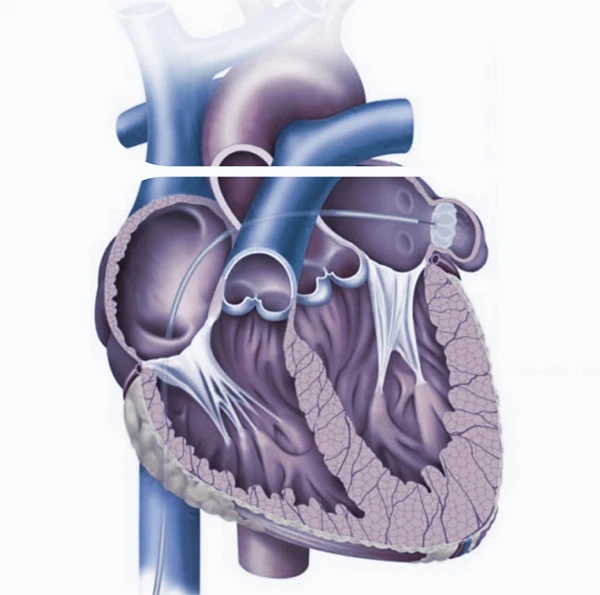
PROCEDURES
Diagnostic tests and procedures

A coronary calcium scan is a specialized computerized tomography (CT) scan focusing on the heart, designed to detect calcium deposits within the heart arteries. The presence of calcium accumulation may lead to artery narrowing, diminishing blood flow to the heart.
This scan serves the purpose of identifying coronary artery disease even before symptoms manifest. The outcomes of a coronary calcium scan provide valuable information in assessing the risk of heart attacks or strokes. Additionally, these results can be instrumental in planning or adjusting the treatment approach for coronary artery disease.

A Computerized Tomography (CT) Coronary Angiogram is a diagnostic imaging test designed to examine the arteries responsible for supplying blood to the heart. This noninvasive procedure utilizes a potent X-ray machine to generate detailed images of the heart and its blood vessels, aiding in the diagnosis of various heart conditions.
- • Holter Monitor
- • Stress Test
- • Transthoracic Echocardiogram (TTE)
- • Ambulatory Blood Pressure Monitoring
- • Cardiac Magnetic Resonance (MRI - CMR)
- • Chest Pain Clinic
- • Suspected Myocarditis Evaluation
- • Embolic Stroke Prevention
Interventional procedures (structural and non-structural)

Angioplasty is a medical procedure designed to widen narrowed arteries with plaque buildup. The process involves using a small balloon to compress the plaque against the artery walls, facilitating improved blood flow. In many cases, a stent or tube is additionally inserted into the newly expanded area to maintain its openness.

Transcatheter aortic valve replacement (TAVR) is a medical procedure designed to address a narrowed aortic valve that fails to open fully, a condition known as aortic valve stenosis. Positioned between the left lower heart chamber and the body's primary artery, the aortic valve plays a crucial role in regulating blood flow. Aortic valve stenosis impedes this flow, either blocking it or causing a significant slowdown.

Catheter-based procedures play a vital role in both diagnosing and treating heart-related issues. In the context of patent foramen ovale (PFO), these procedures involve the use of a catheter to guide the placement of a closure device that permanently seals the hole in the heart wall, preventing abnormal blood flow between atrial chambers.

LAA closure is a procedure preventing blood clots from the left atrial appendage, reducing strokes in atrial fibrillation patients avoiding blood thinners. This small sac in the heart's left atrium is often removed or sealed to minimize stroke risk.
- • Coronary Revascularization
- • Mitral Regurgitation with MitraClipTM
- • Atrial Septal Defect (ASD) Closure
- • Cardiac Catheterization
- • Pacemaker Implantation
- • Arrhythmia Ablation
- • Stent Implantation
- • Intravascular Coronary Lithotripsy (IVL)
- • Invasive Coronary Artery disease diagnosis with Coronary Angiography
- • Invasive Coronary Artery disease evaluation with Intracoronary imaging (IVUS) and Coronary Physiology (iFR, FFR)

